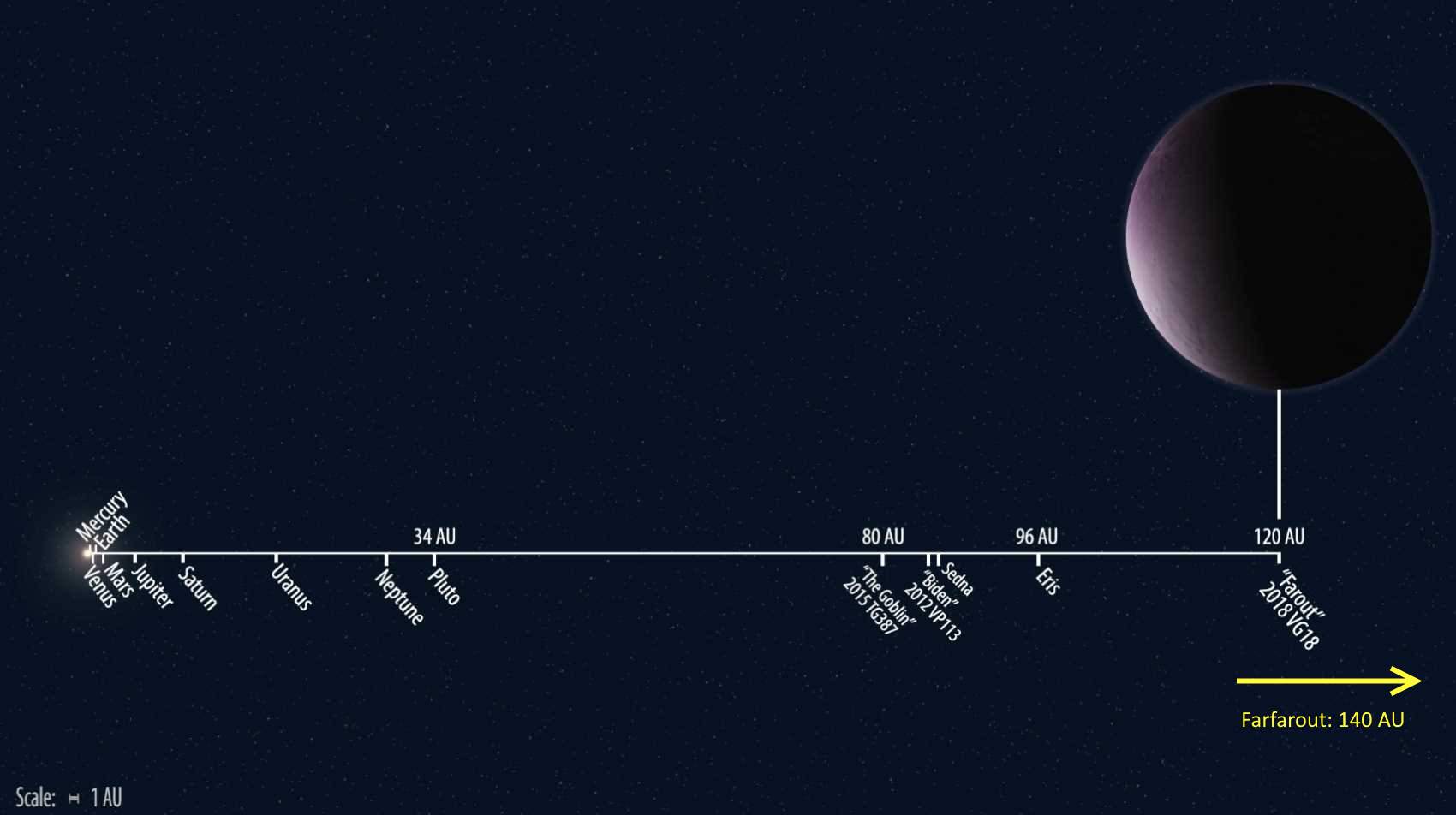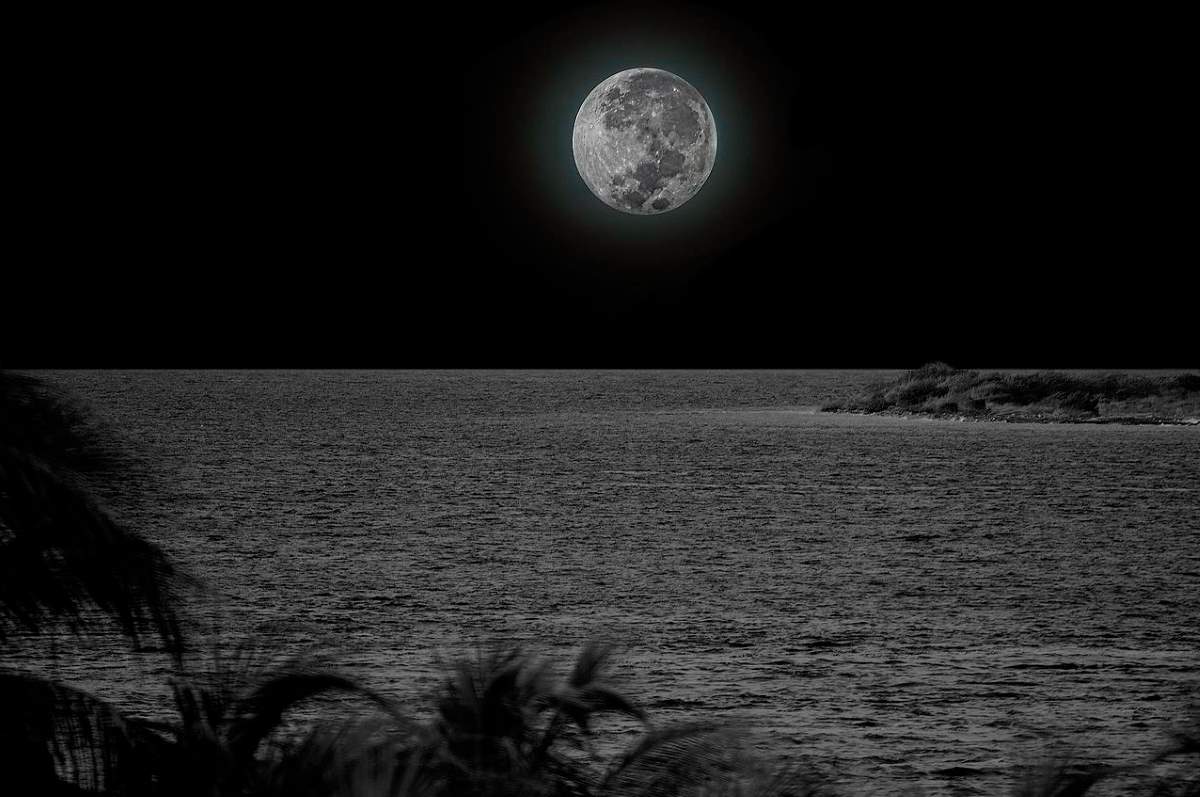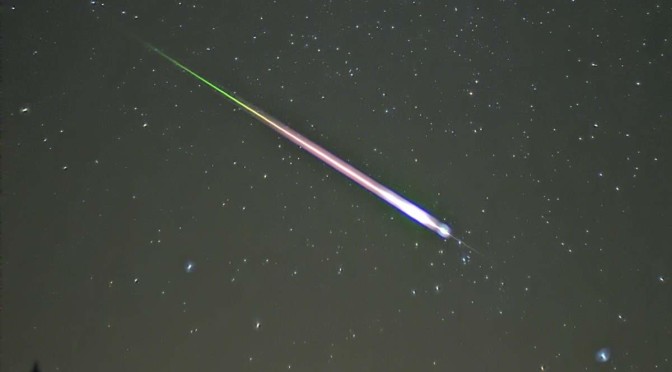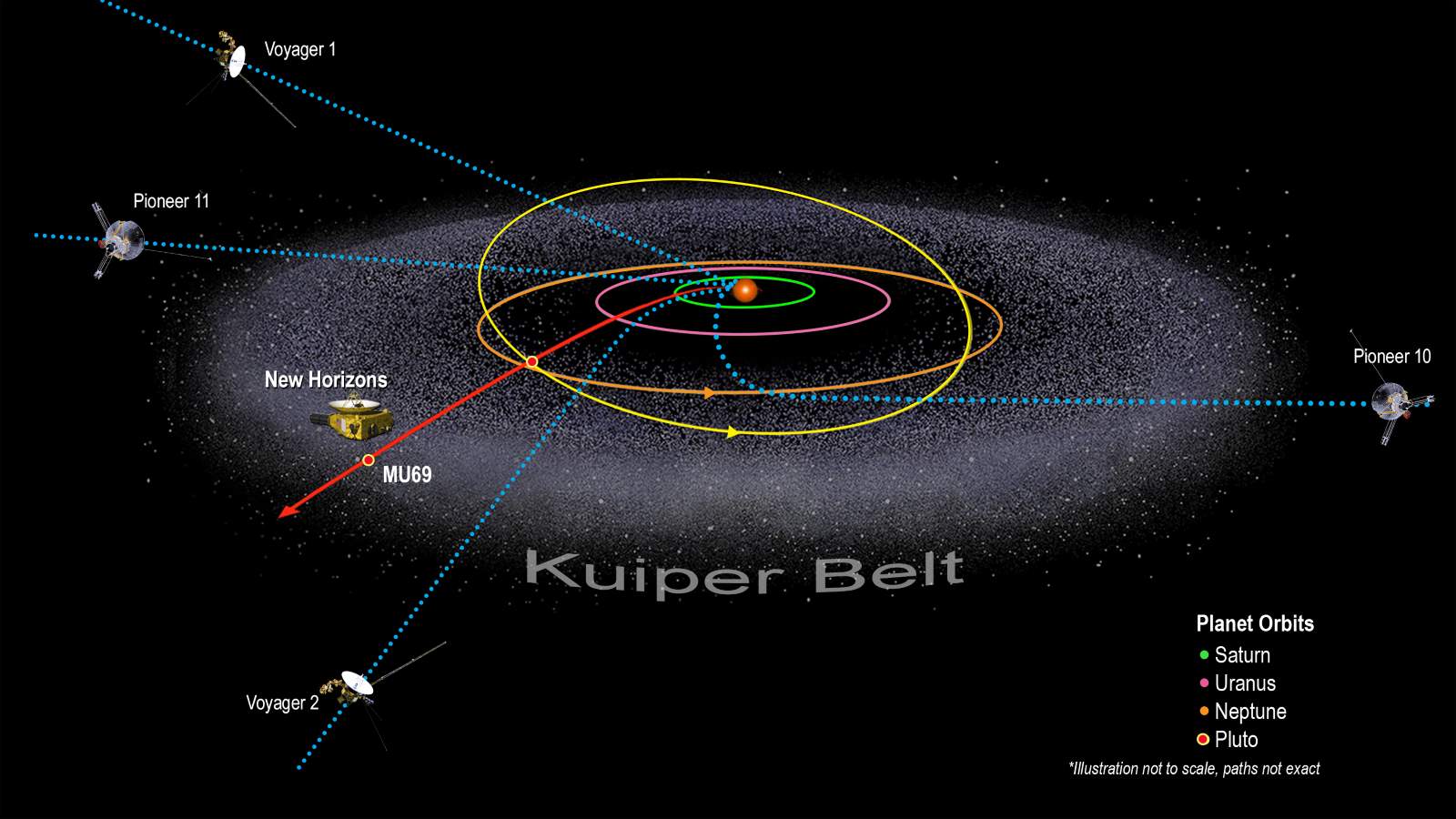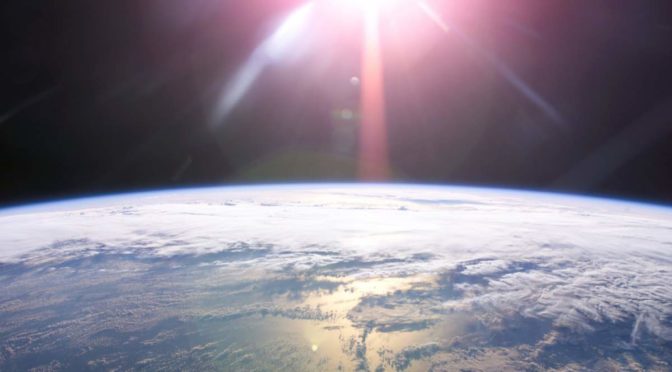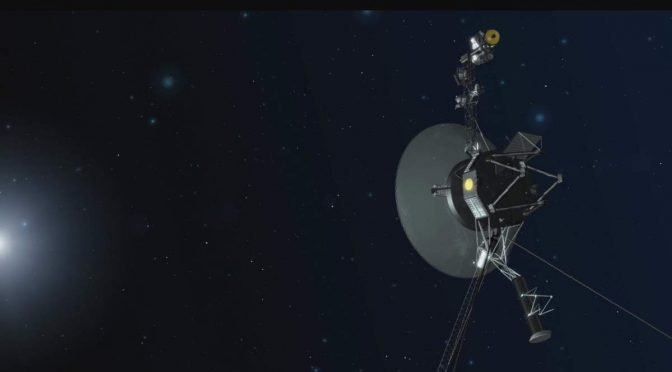Have you ever wondered what the Sun would look like from the other planets in our solar system? Here is a visual showing the apparent size of the Sun from the planets of the solar system, including Earth.
Category Archives: Astronomy
FarFarOut: the new farthest object in our solar system
Meet Farfarout: in December 2018, astronomers discovered the farthest known object in our solar system, which is about 120 times farther than Earth is from the Sun (120 Astronomical Units -AU) and named it “Farout” (far-out-there). But its record didn’t last long. Now, while searching for the hypothetical Planet X, Scott Sheppard, an astronomer at …
Continue reading “FarFarOut: the new farthest object in our solar system”
How many great minds does it take to invent a telescope?
On 11 January 1672, the Fellows of the British Royal Society were treated to a demonstration of Isaac Newton’s reflecting telescope, which formed images with mirrors rather than with the lenses that had been used since the time of Galileo. Afterward, the fellows hailed Newton as the inventor of this marvelous new instrument, an attribution …
Continue reading “How many great minds does it take to invent a telescope?”
Moon Drawings of Galileo Galilei (1609)
Italian astronomer, physicist, engineer, and polymath Galileo Galilei’s (15 February 1564 – 8 January 1642) moon drawings. These were the first realistic images of the Moon, due to Galileo’s training in art and an understanding of chiaroscuro (a technique for shading light and dark) he understood that the shadows he was seeing were actually mountains …
Shadow of the Moon during a solar eclipse (amazing video)
This… is… amazing! Astrophotographer Martin Junius recorded this stunning video of the total solar eclipse on March 20, 2015, during the E-Flight AB 1000. In the video, you can see the shadow of the moon moving across the clouds below. The plane was 35,000 feet (10,600 meters) above the Northern Atlantic / Norwegian Sea when …
Continue reading “Shadow of the Moon during a solar eclipse (amazing video)”
Earth without Moon: what would it be like?
The Moon is the Earth’s only natural satellite. It is also the fifth-largest natural satellite in the Solar System and the largest among planetary satellites relative to the size of the planet that it orbits. It formed about 4.51 billion years ago from the debris left over after a giant impact between Earth and a …
Continue reading “Earth without Moon: what would it be like?”
Meteorites do not fall to Earth
When a meteoroid hits Earth, it’s not because the space rock has “fallen out of” its orbit. It’s because its orbit crosses over Earth’s orbit at the exact right (or wrong) moment.
5 space probes leaving the solar system (for now)
As of 2019, only five space probes are leaving the solar system: Pioneer 10, Pioneer 11, Voyager 1, Voyager 2, and New Horizons. The Voyagers already left the solar system and entered interstellar space (Voyager 1 on August 25, 2012, and Voyager 2 on November 5, 2018. The others also will leave the heliosphere (see …
Continue reading “5 space probes leaving the solar system (for now)”
Speed of Light [perfect visual explanations]
The speed of light is the Universal speed limit – nothing can travel faster than light. In the vacuum (commonly denoted c), its exact value is 299,792,458 meters per second (around 186,000 miles per second). In other words, if you could travel at the speed of light, you could go around the Earth 7.5 times …
Continue reading “Speed of Light [perfect visual explanations]”
Voyager 1: How far can it go before we lose contact?
Launched by NASA on September 5, 1977, to study the outer solar system, the Voyager 1 is the furthest human-made object from Earth. As of October 2022, it is more than 14,749,847,051 miles (23,737,577,852 km) away from our home planet. It is also moving away at a speed of 38,026.77 mph (61,198.15 km/h) relative to …
Continue reading “Voyager 1: How far can it go before we lose contact?”

